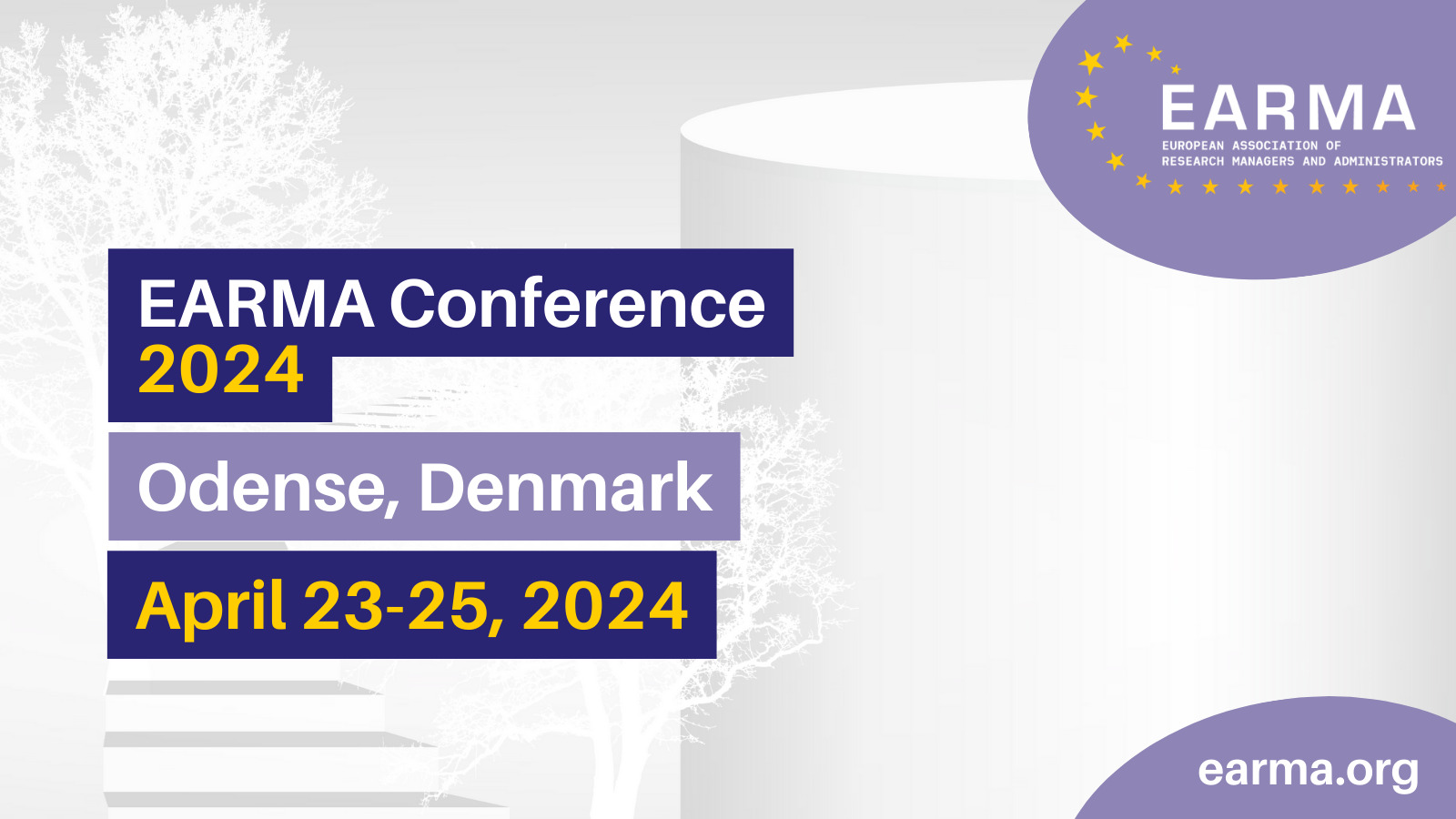Spotlight on Research Equipment and Facilities
Evaluate and showcase your institutional Research Infrastructure investments
Abstract
Equipment and facilities, usually referred to as Research Infrastructure (RI), are a key input of any research system and they require significant sustained investments in a highly competitive research market. For example, the annual RI spending for the 2014 - 2020 in Europe has been estimated by the European Commission to be around 11.3 billion EUR (1), while the UKRI (UK Research and Innovation) in its 2022-2025 corporate plan has committed to grow their RI expenditure by 200M GBP every year, to reach over 1.1 billion GBP in 2024-2025 (2).
Furthermore, RI is managed by staff researchers and technicians who usually do not appear as co-authors in scientific publications (3), making it difficult to demonstrate their impact in research and support their career advancement.
Despite their importance, there was no effortless way, so far, to track the contribution of RI to research, mostly because this information is found in the full text of the articles and therefore not searchable with databases such as PubMed or Scopus. A 2019 survey (4) showed that tracking RI-enabled publications is done either manually (45.5% of the respondents) or not done at all (21.2%).
Past initiatives have looked to create RI directories at the national level (such as https://equipment.data.ac.uk/) but do not address the impact of the RI across for example research outputs, collaborations, supporting progress towards achieving the UN SDGs (Sustainable Development Goals) or economic development.
To fill this gap, we have developed a new service, Equipment Monitor, that helps institution address RI-related use cases. By leveraging advanced Machine Learning and Natural Language Processing techniques, we help institutions collect and curate their RI data and extract RI mentions from articles; this information is then imported into Research Information Management Systems such as Elsevier's Pure, where it can support reporting and showcasing use cases. The poster describes the Equipment Monitor service and provides examples of its application in real-world projects with academic institutions.
References:
(1) http://publications.europa.eu/resource/cellar/6702e82f-e4c3-11e9-9c4e-01aa75ed71a1.0001.01/DOC_1)
(2) https://www.ukri.org/wp-content/uploads/2022/08/UKRI-190822-CorporatePlan2022to2025.pdf
(3) https://sr.ithaka.org/publications/what-is-a-research-core/ and https://www.ncbi.nlm.nih.gov/pmc/articles/PMC6078059/
(4) https://www.agilent.com/cs/library/whitepaper/public/whitepaper-led-ilab-core-facility-shared-resources-5994-1620en-agilent.pdf

